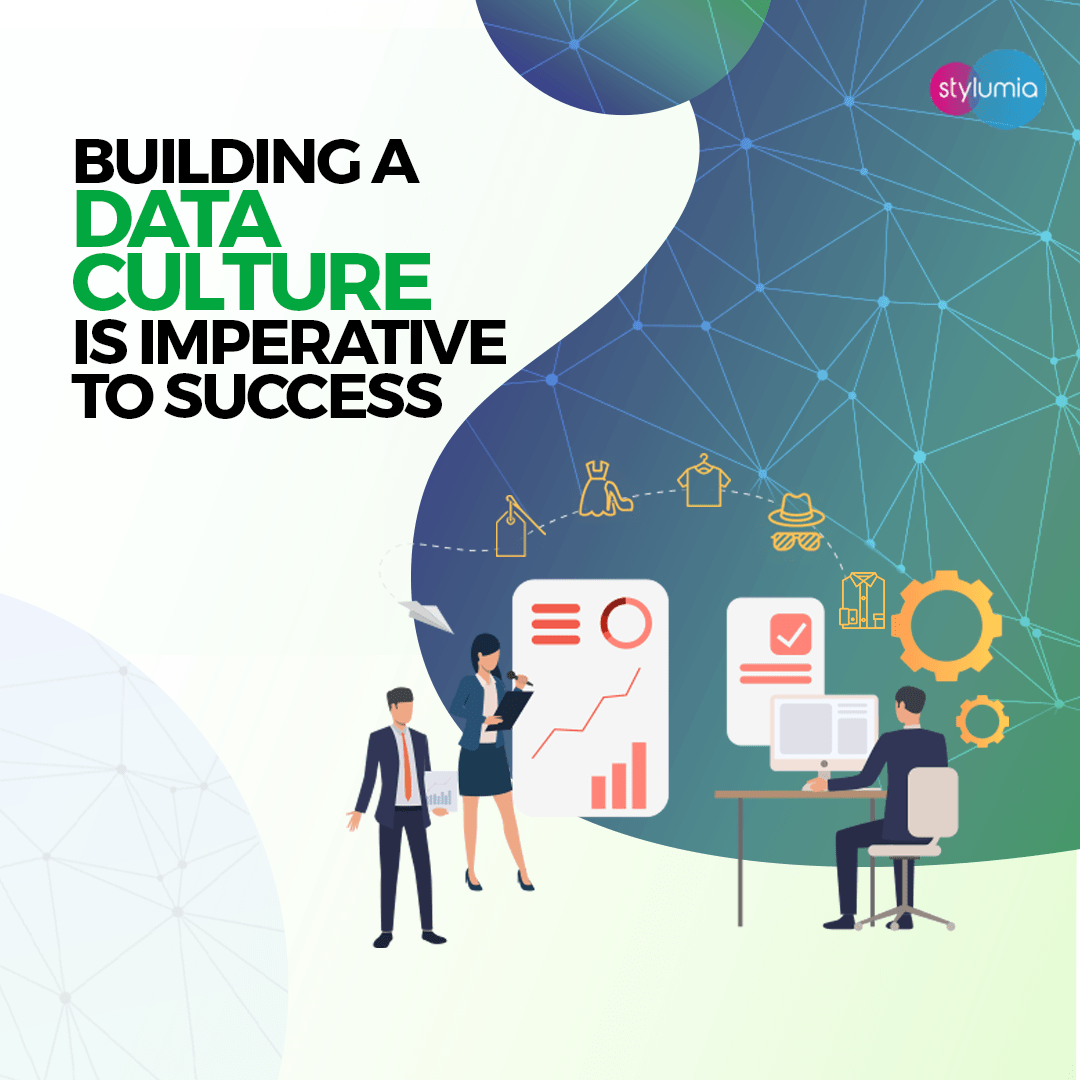Road To Leadership In The Data And Analytics World

In this edit, we will look at key findings of the latest Mckinsey survey (Sep 2019) with global leaders across industries on how data and analytics are impacting them and their industries and what should companies be doing to distance themselves from the competition. It is a great coincidence to see both the podcast and the Mckinsey research talking about similar challenges and opportunities.
As elaborated in our earlier edit Fashion’s Moneyball Moment, some companies lead through their data and analytics strategy and organizational culture. The transformation of industries through data and analytics is at an ever-faster pace. It is now time for action for those companies who are on the fence.
The survey results show the reality in this area and why an ad-hoc one-off action won’t be sufficient for sustainable success.
According to the survey, companies with the greatest overall growth in revenue and earnings receive a significant portion of that boost from data and analytics. We are enlisting key takeaways from the survey.
#1 Data & Analytics Changing Nature of Competition
Almost 50% of the respondents say that data and analytics have significantly/fundamentally changed the nature of competition in their industries in the last three years. It is time to build data and analytics as a strategic tool like building the brand which enables long term differentiation and value creation.

#2 Building a Data Culture, an Imperative to Success
While having a data and analytics strategy is important, one of the key elements to success is creating a data culture, which is a blend of data talent/partnerships, tools and decision making to an extent that data becomes the default support for most of the company operations. This is a classic execution element of the data and analytics journey. The most important practice to succeed as per respondents is that the employees consistently use data as a basis for their decision making. The survey results of data practices between high performing and other organizations indicate a need for data leadership roles, data accessibility, and tolerance for failure. While large companies can look at CXO roles, others can interpret this as investing in key data talent or a partnership.

#3 Data Education Leads to Success
High performing organizations take steps for their employees to be educated at all levels on data concepts.

#4 Need to Deploy Modern Relevant Data Architecture
High performing organizations show significant differences in the deployment of modern and relevant data architecture either as pilots or at scale. With the exponential growth of distribution, SKUs and channel congruence, companies must use appropriate technology architecture to make the best use of available data.

With these survey findings, it is important to know how to stay ahead in this race.
How can you stay ahead in this race?
Here are a few steps to stay ahead in this data and analytics led information age.
a) Make Data Available
Get data out of silos and make it available, into advanced analytics tools and the hands of decision-makers and even external partners across the supply chain.
b) Treat Data as Product with real ROI
Instead of considering data as raw material for analytics, data owners assume the role of data product managers to generate business benefits like a product manager in any retail segment.
c) Take an Agile Approach to Transformation
Instead of moving in batches, take a lean and agile approach to the transformation with constant communication from leadership on the use of data and analytics tools. This should be accompanied by education of both existing people and recruits in the use of data and analytics.
We at Stylumia have been at this for the last 4 years to enable data and analytics transformation for fashion brands and retailers in a way that is very relevant for the fashion business. We saw existing analytics and forecasting tools did not seem to be solving the fundamental challenges in the right way. We decided to tackle ourselves and we are enabling,
a) consumer-driven fashion research
b) demand-driven trend/product forecasting
c) demand prediction of untested products and
d) visually intelligent localized distribution.
Brands & Retailers across the US, Europe, UK, Asia Pacific, Middle East are benefitting from Stylumia‘s AI-driven solutions in improving their revenue, bottom line, relevance, and working capital. Our implementation approach is in the lines of the findings in the survey above including making data available in an intuitive visual form, the solutions generate real ROI within few quarters of implementation paying back multiples of the investment, an agile approach to implementation with the education of all the people involved in the journey and with modern and relevant data architecture. This is a journey with learning for our clients and us and we have been constantly moving forward with these learnings to contribute better.
If you would like to be in the leading space in your market and build a data culture with relevant modern architecture, please reach out to us.



